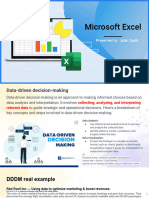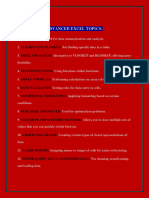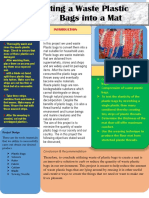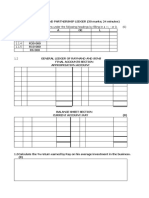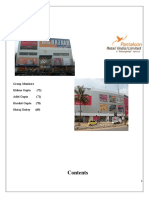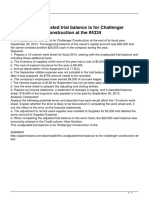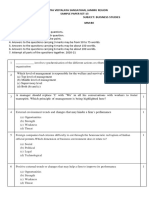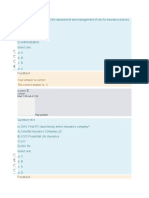0% found this document useful (0 votes)
43 views8 pagesMBA Lab Manual Spreadsheet Units I II
The document is a lab manual for the IT Skills Lab course (MBA-105) at KCC Institute of Technology and Management, focusing on advanced spreadsheet functions and charting techniques in Excel. It includes detailed objectives, steps for experiments, and assessment criteria for various tasks such as creating Pivot Tables, using Goal Seek, and customizing charts. The manual also provides references for further reading and resources.
Uploaded by
faiz mohammadCopyright
© © All Rights Reserved
We take content rights seriously. If you suspect this is your content, claim it here.
Available Formats
Download as DOCX, PDF, TXT or read online on Scribd
0% found this document useful (0 votes)
43 views8 pagesMBA Lab Manual Spreadsheet Units I II
The document is a lab manual for the IT Skills Lab course (MBA-105) at KCC Institute of Technology and Management, focusing on advanced spreadsheet functions and charting techniques in Excel. It includes detailed objectives, steps for experiments, and assessment criteria for various tasks such as creating Pivot Tables, using Goal Seek, and customizing charts. The manual also provides references for further reading and resources.
Uploaded by
faiz mohammadCopyright
© © All Rights Reserved
We take content rights seriously. If you suspect this is your content, claim it here.
Available Formats
Download as DOCX, PDF, TXT or read online on Scribd
/ 8
































